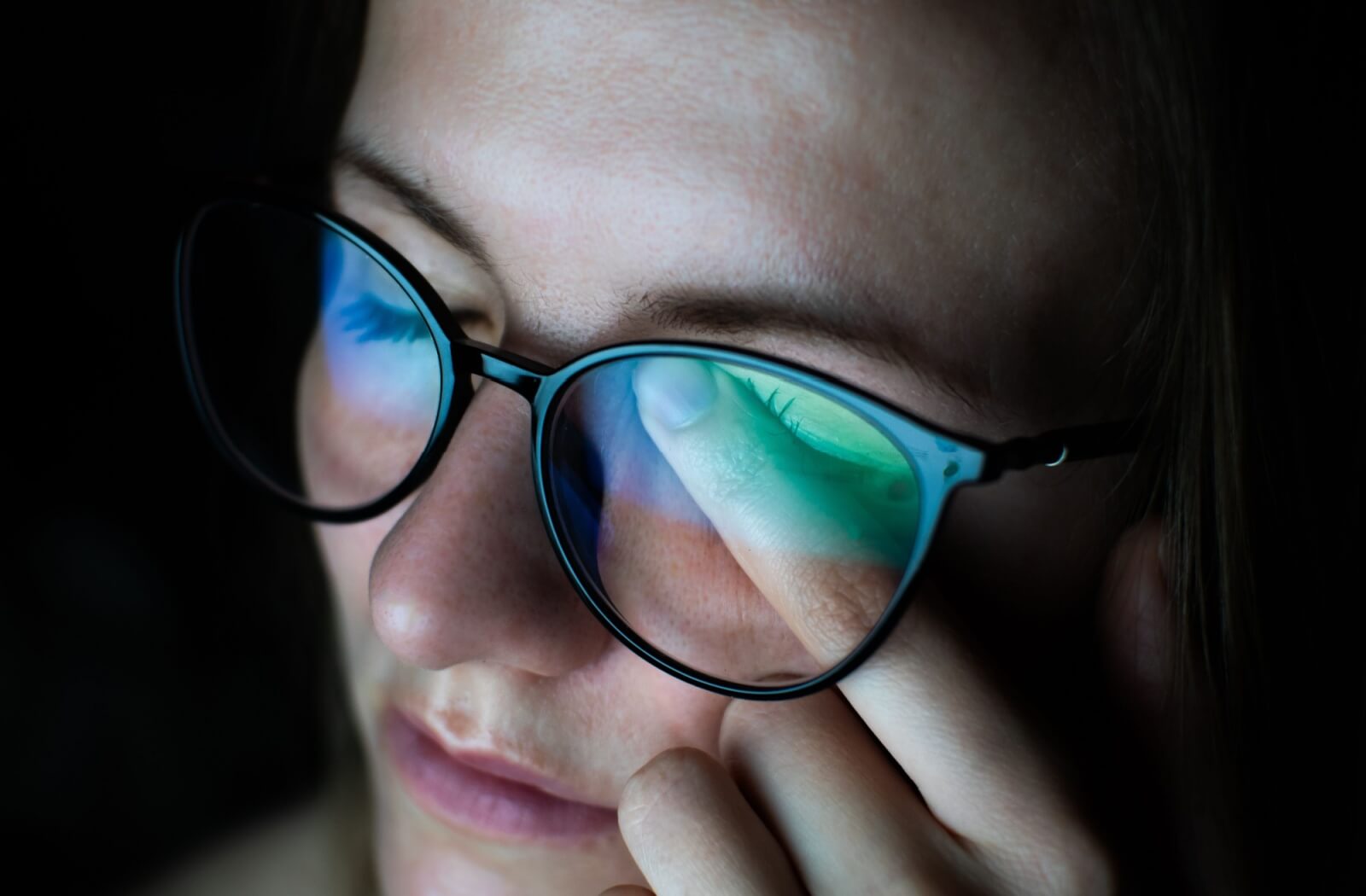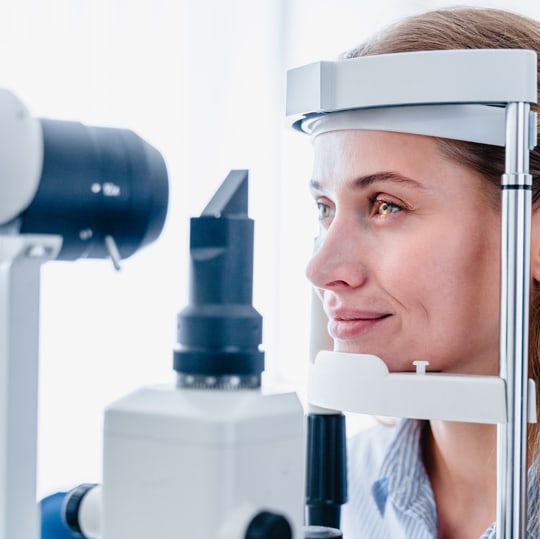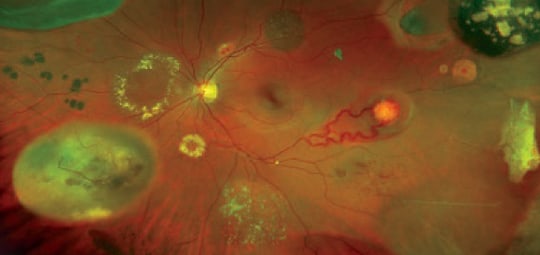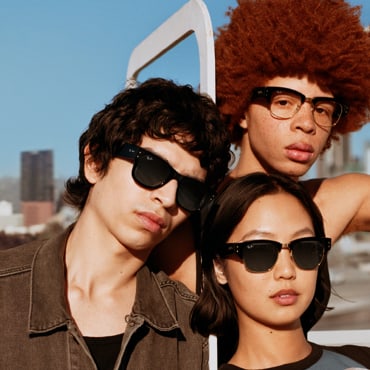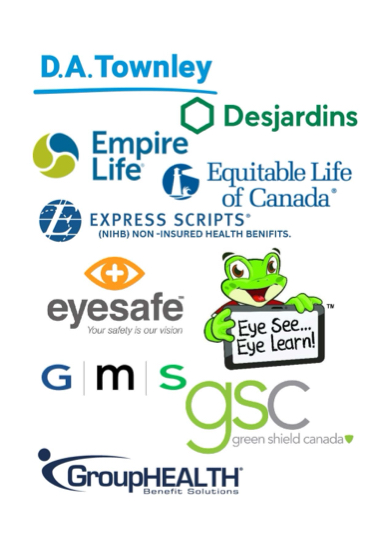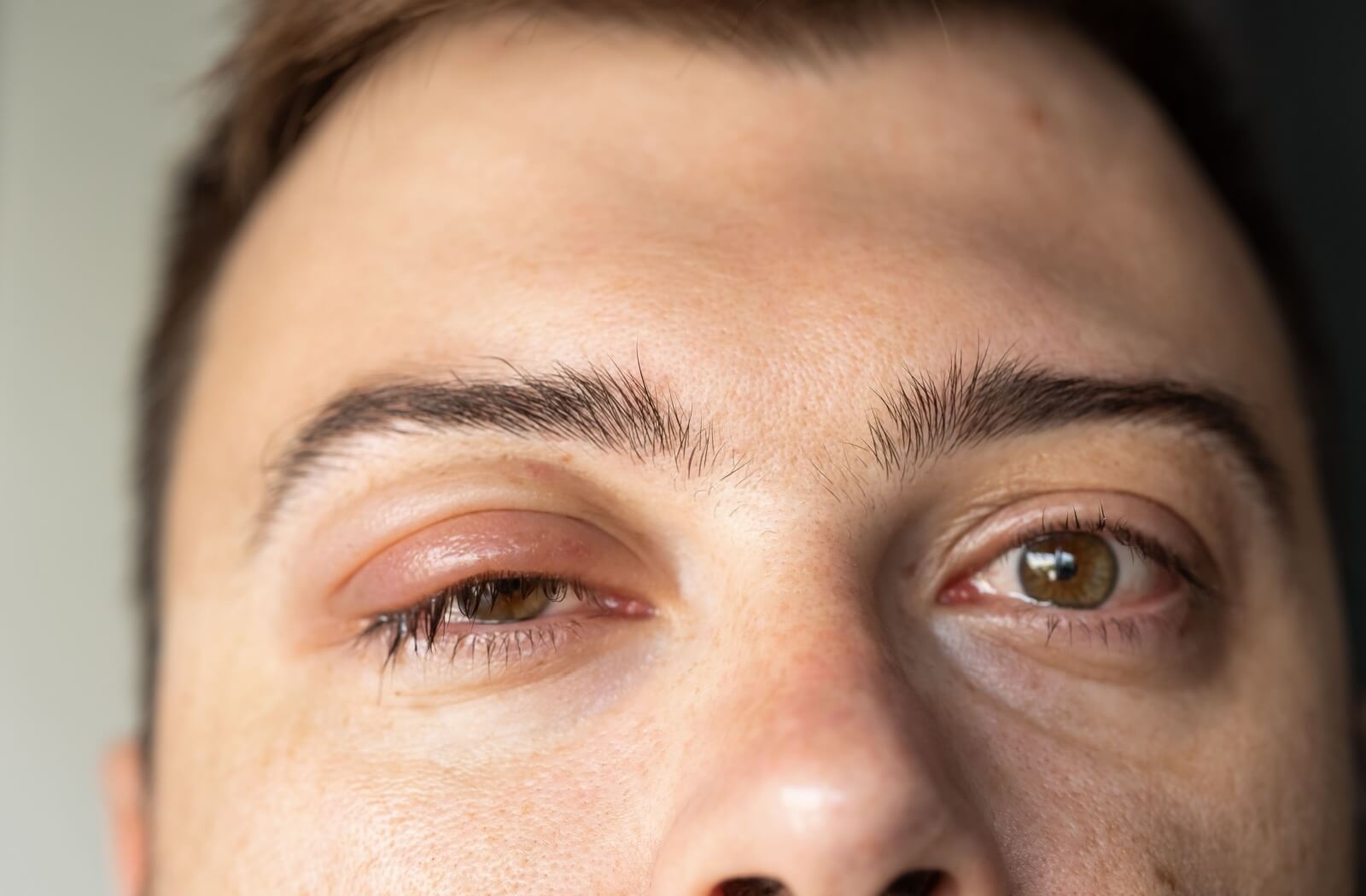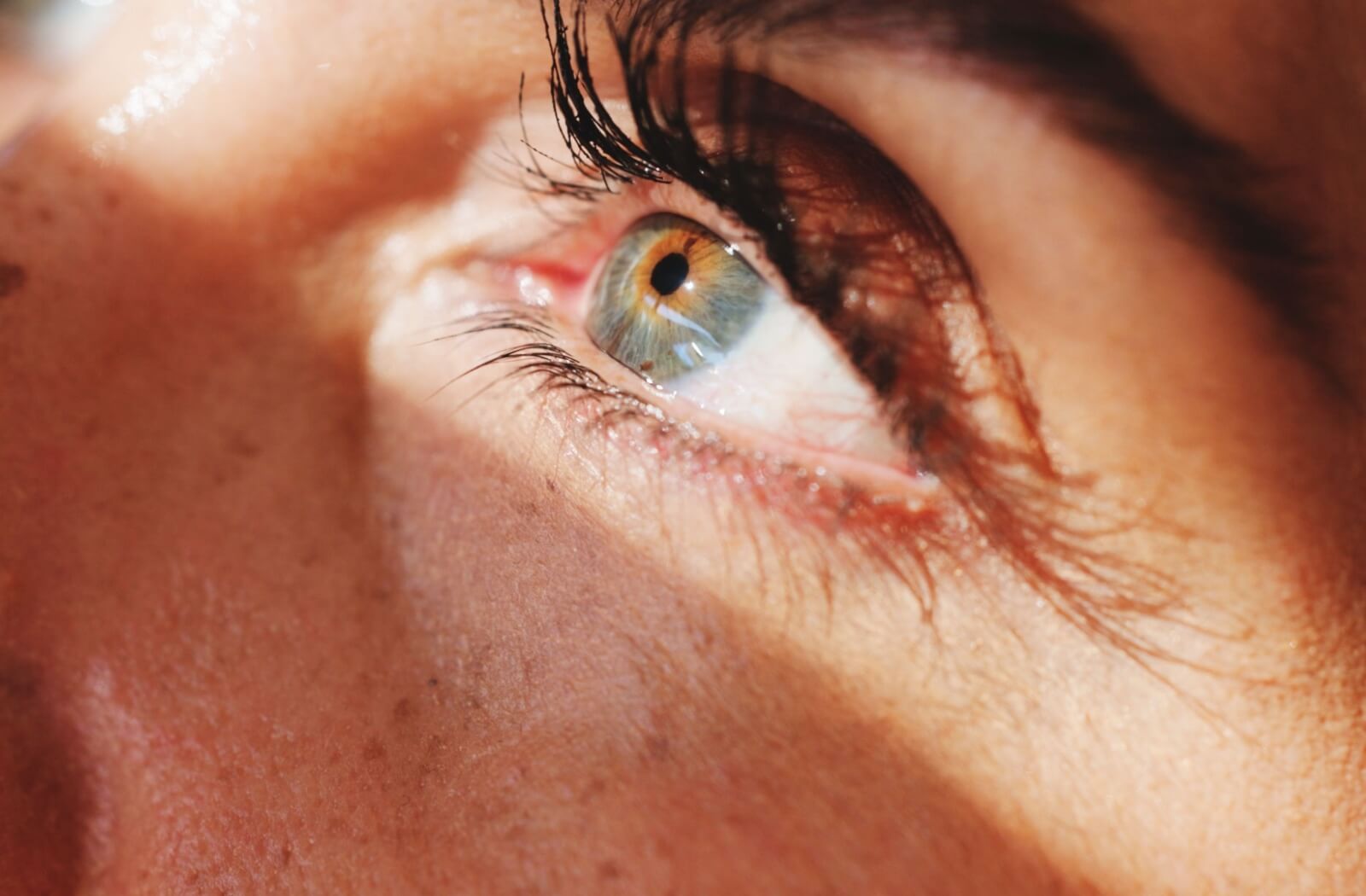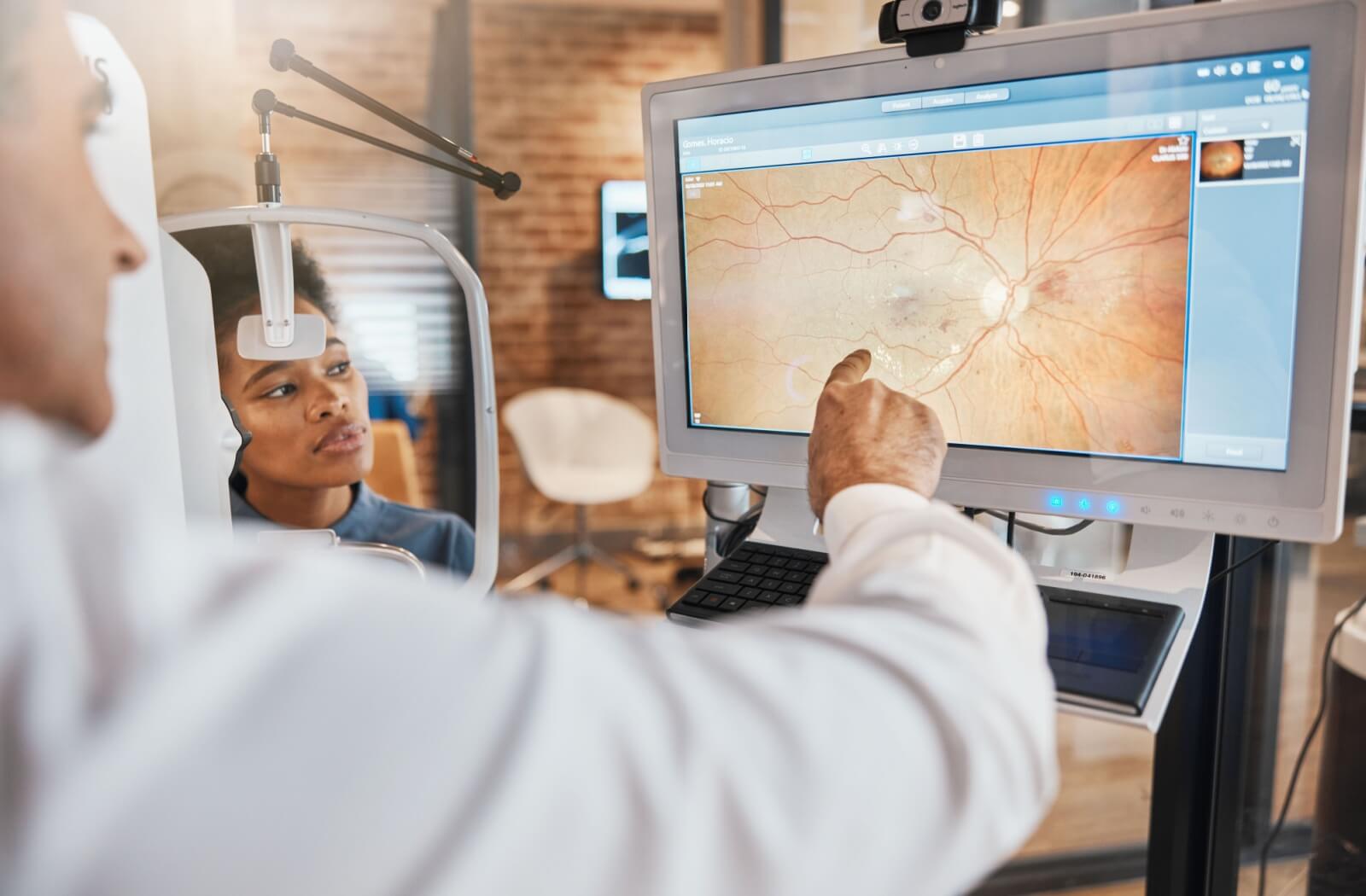Many people are familiar with the frustrating effects of dry eye on a regular basis. Along with blurry vision, dry eye can bring a range of uncomfortable symptoms—like a gritty or foreign body sensation, eye redness, stinging or burning, and even watery eyes.
While these symptoms are often linked to dry eye, things like redness and excessive tearing could also point to allergies or another underlying issue. If your symptoms stick around despite using over-the-counter relief, such as artificial tears or warm compresses, it’s time to visit your optometrist. They can take a closer look, rule out other causes, and recommend a treatment plan that works for you.
Understanding Dry Eye
Dry eye is a common condition that occurs when your eyes don’t produce enough tears, or when the tears you do make evaporate too quickly to keep your eyes properly hydrated. It’s more than just occasional discomfort—dry eye can affect how your eyes feel and function every day.
According to experts, around 30% of Canadians experience dry eye symptoms, which may include stinging, blurry vision, or a gritty sensation. Factors like screen time, age, environment, and certain health conditions can all contribute to the development of dry eye. If symptoms persist, it’s important to speak with your eye care professional.
Dry Eye Causes
Several factors can contribute to dry eye, including aging, certain medical conditions, and environmental influences such as wind, smoke, and dry air.
There are 2 primary types of dry eye: aqueous-deficient dry eye (ADDE), which involves reduced tear production, and evaporative dry eye (EDE), which occurs when tears evaporate too quickly.
Inadequate Tear Production
Put simply, ADDE occurs when the tear glands don’t produce enough tears to keep the eyes comfortably lubricated. One common cause is Sjögren’s disease, an autoimmune condition that affects moisture-producing glands and can lead to both dry eyes and dry mouth. Age is another contributing factor, particularly in cases unrelated to Sjögren’s.
Other potential causes of ADDE may include a lack of vitamin A or omega-3s in the diet, complications from eye injuries, exposure to dry environments, and reduced blinking—often associated with extended screen use.
Increased Tear Evaporation
The tear film is made up of water, oil, and mucus, and an imbalance in these components can lead to EDE. The most common cause of evaporative dry eye is meibomian gland dysfunction (MGD), a condition where the glands that produce the oily layer of the tear film become blocked or don’t function properly.
Other potential causes for EDE:
- Extended contact lens wear
- Certain medications
- Eye allergies
- Vitamin A deficiency
- Eye injuries
- Eye surgery
Why Vision Gets Blurry
Blurry vision can have a number of different causes. A common reason for ongoing blurriness is a refractive error, such as nearsightedness or farsightedness. However, if your vision clears after blinking, dry eye could be the cause—especially if you’re also experiencing other dry eye symptoms like stinging, redness, or a gritty sensation.
Other Symptoms of Dry Eye
The symptoms of dry eye can vary based on the cause of the condition. They can also vary in intensity based on the severity of each case. Some common symptoms in addition to potentially blurry vision include:
- Eye redness
- Stinging or burning
- Feeling like there is something in your eye
- Excessive watering, which is the body’s way of overcompensating for the lack of eye lubrication
- Difficulty wearing contact lenses
- Trouble with nighttime driving
Common Dry Eye Treatments
Dry eye treatment isn’t one-size-fits-all—it depends on the underlying cause and your specific symptoms. For many people, over-the-counter options and home remedies can provide relief. These may include preservative-free lubricating eye drops, warm compresses, eyelid cleansers, or supplements like omega-3s or vitamin A.
For more persistent symptoms, your optometrist may recommend in-office treatments. These can include prescription eye drops, punctal plugs, or therapies like intense pulsed light (IPL).

Tips to Prevent Dry Eye
One way to help prevent dry eye symptoms is by visiting your eye doctor for regular eye exams. These checkups give your optometrist the opportunity to spot early signs of dry eye or related issues and recommend proactive treatment.
You can also support eye comfort by using a humidifier while you sleep, adjusting indoor air settings like heating or air conditioning, and managing any underlying health conditions that may contribute to dry eye.
Relieve Dry Eye at Eyesis Eyecare
If dry eye is affecting your vision or causing persistent discomfort, it may be time to seek expert support. At Eyesis Eyecare Center, we take the time to understand your symptoms, identify what’s causing them, and recommend care that fits your unique needs.
Whether your symptoms are occasional or ongoing, we’re here to help you find lasting relief and protect your long-term eye health. Don’t let dry eye disrupt your daily life—book an appointment with Eyesis Eyecare Center today and take the first step toward clearer, more comfortable vision.


